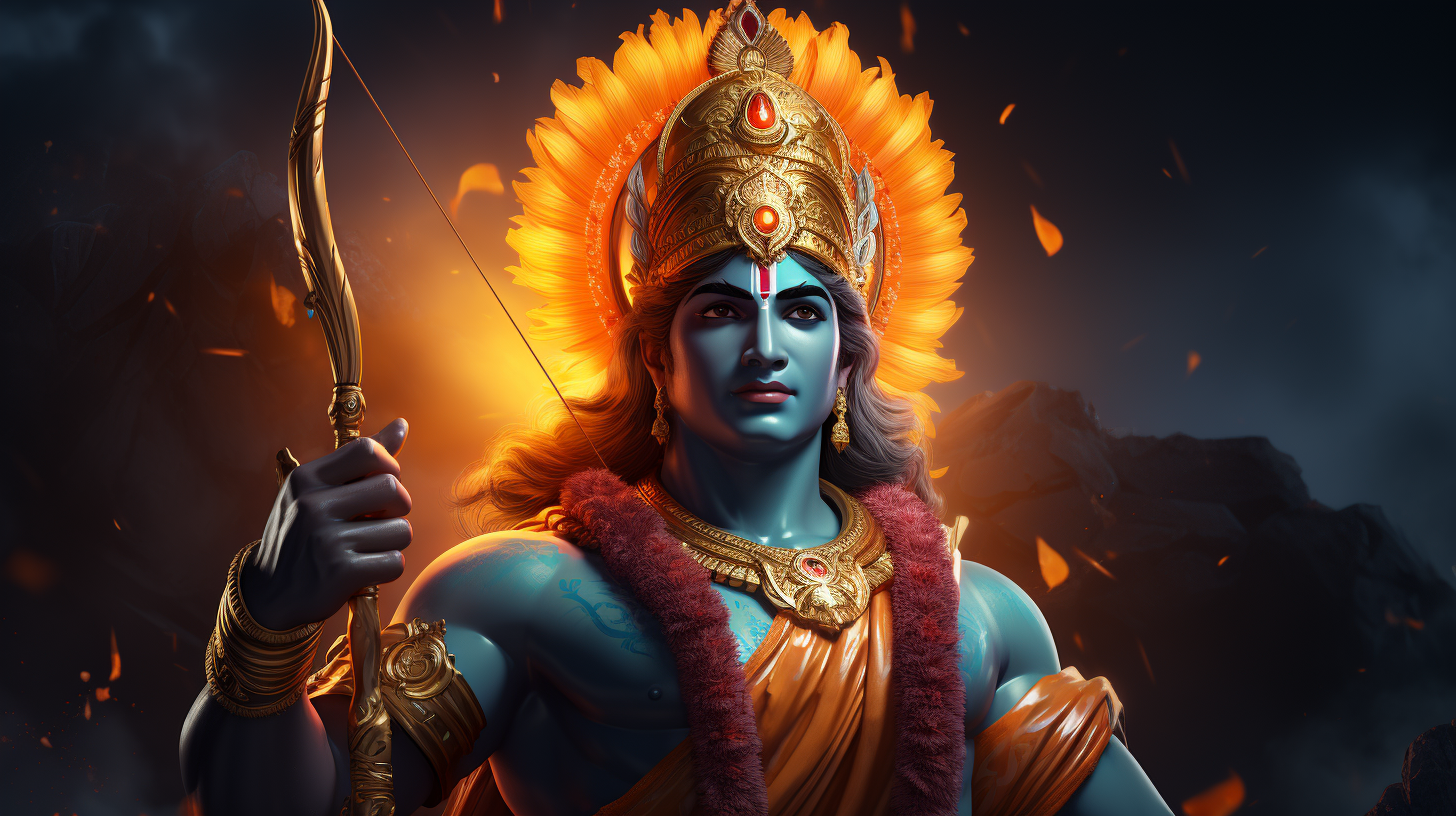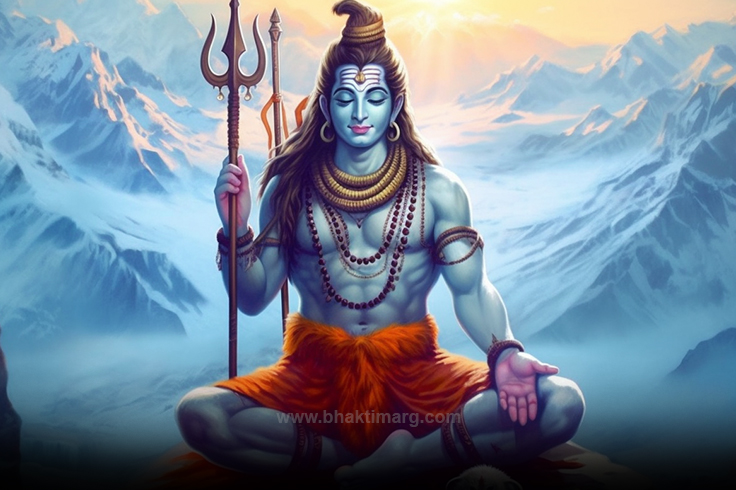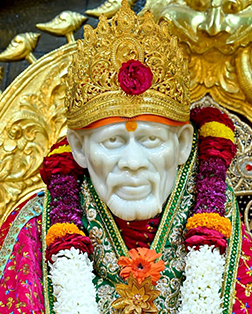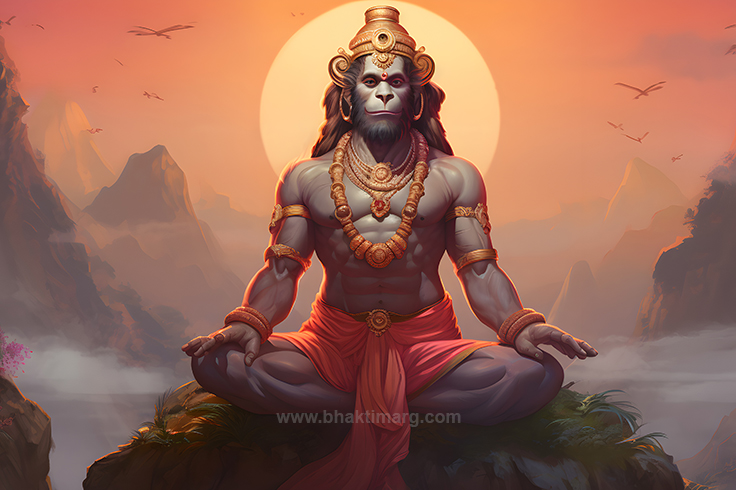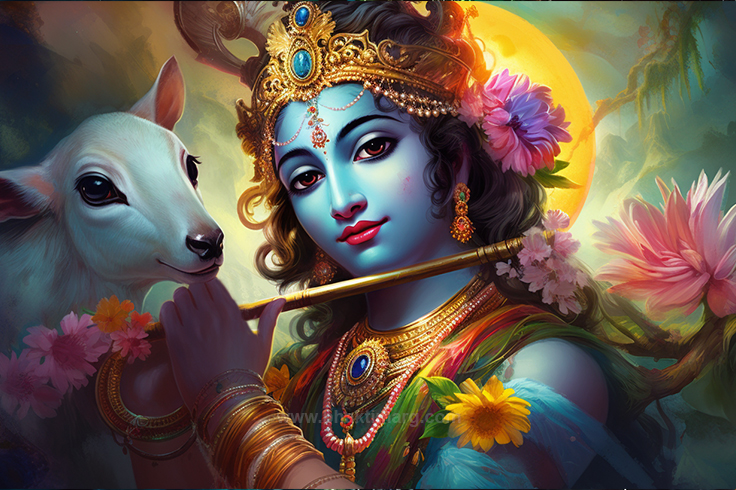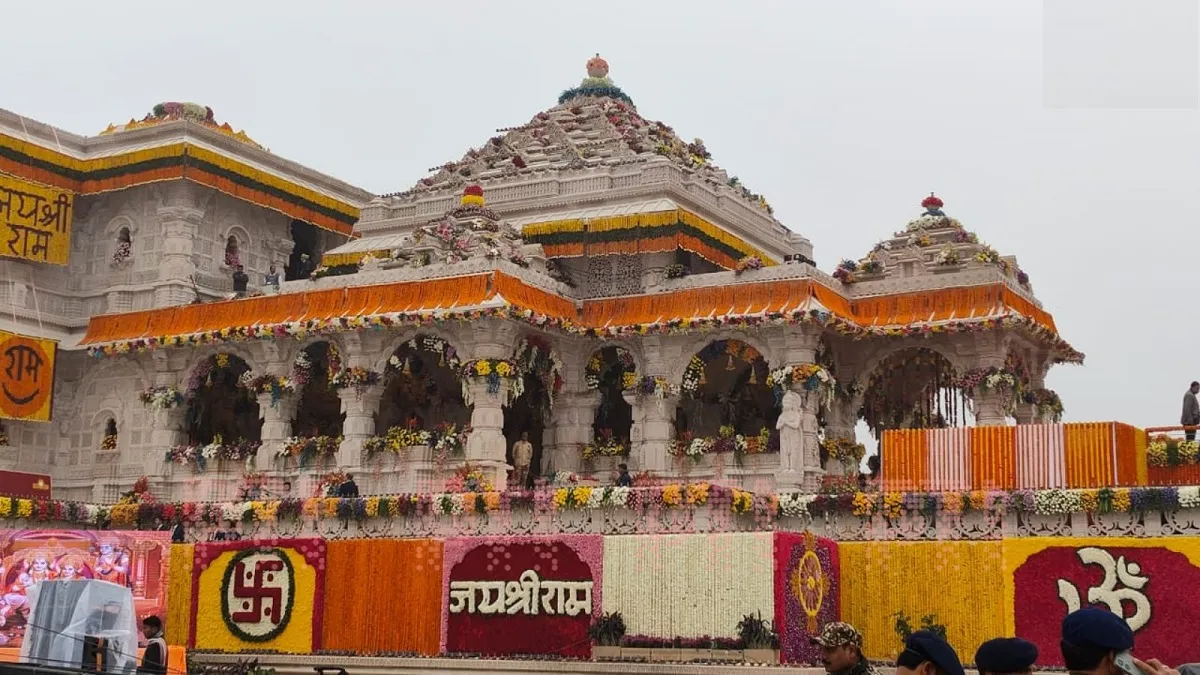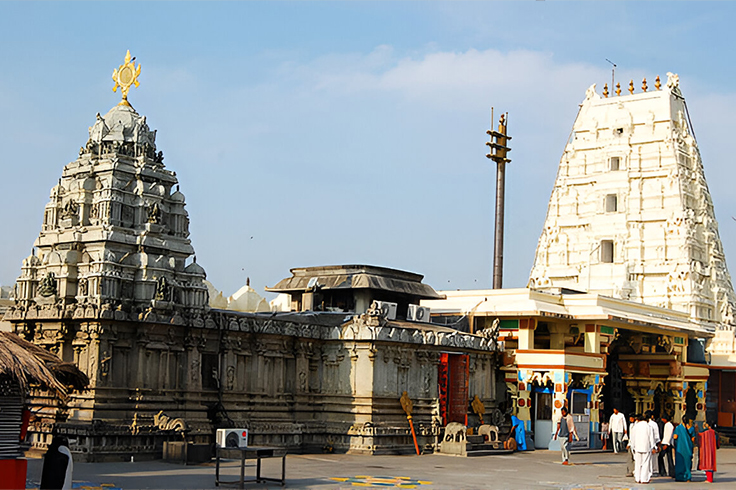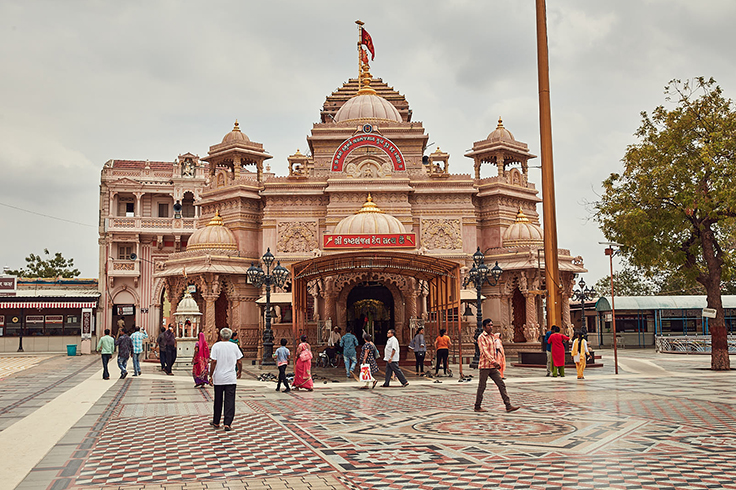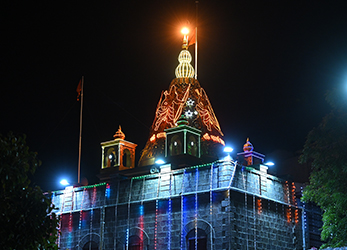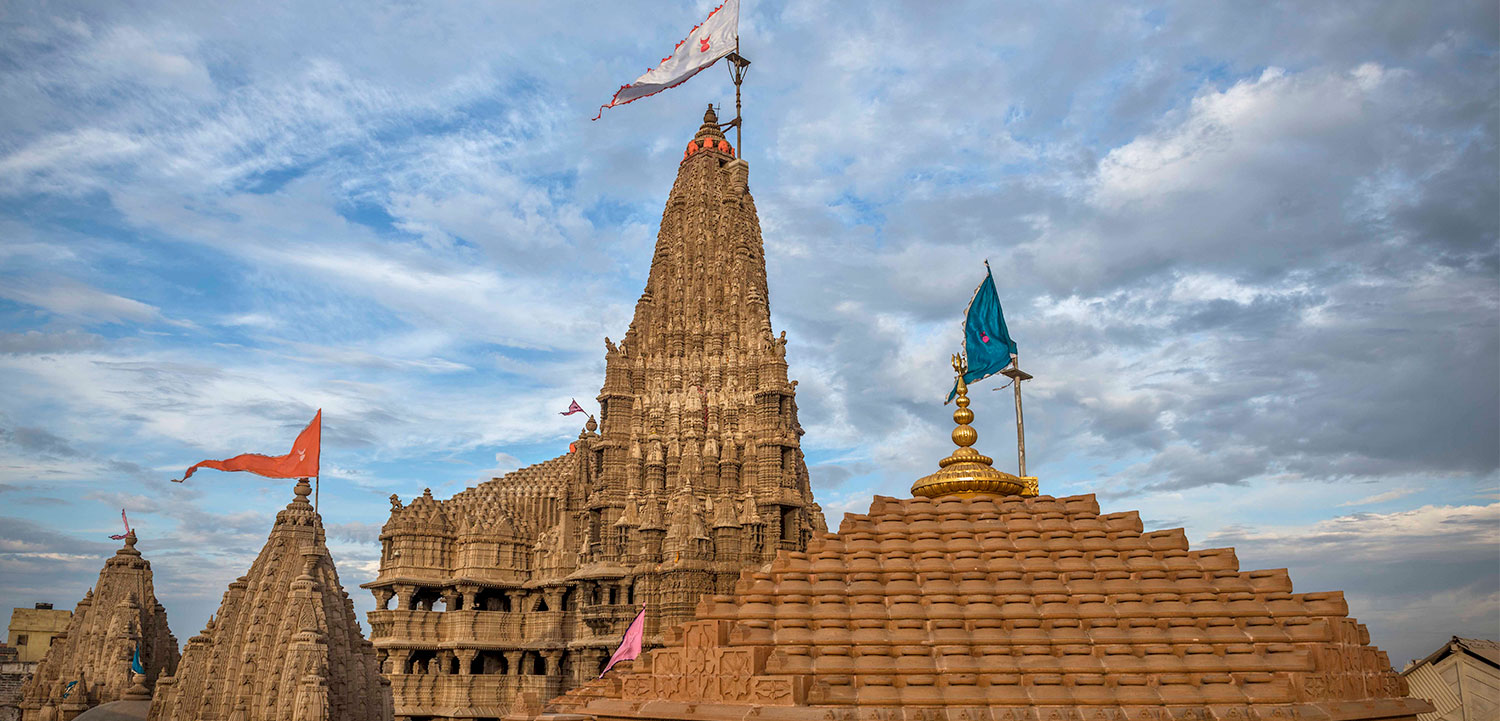
The Spiritual Meaning and Benefits of Performing Aarti
Aarti and Bhakti are the concepts of Hinduism. Aarti is a spiritual/religious practice where bhakti refers to the devotion the people pay to the god and goddess by performing these spiritual practices. Aarti has a significant place in Hinduism where no good or positive work cannot be done without performing Aarti.
Whether it is a Puja, Grihapravesh or anything auspicious people perform this to attract blessings from the divine deities to ensure a peaceful and blessed beginning. Today, we will discuss the spiritual meaning of aarti and it’s benefits. Here, you will also learn about the significance of aarti in Hinduism and steps to perform Aarti.
What is Aarti?

Aarti is a spiritual practice in Hinduism that transcends mundane practice into a profound spiritual experience. It is a practice of offering light and sound to the deities. This illuminating practice has its roots in the ancient Indian tradition. Aarti beautifully blends the sacred worship of the fire or Agni (in Sanskrit) with temple practices into a spiritually enriching and rewarding experience. Remember, it is much more than just waving or circling an oil or ghee-lit lamp before a deity. It is essentially a symbolic gesture of offering oneself to the god and goddess. It is more of a spiritual bridge that connects one devotee to its believed higher power. Thus importance of aarti in Hinduism is beyond the mere practice of waving a lit lamp in front of the
Ancient history of Aarti and Bhakti

You have understood what is Aarti, now it’s time to dive a little deeper into Indian spirituality to understand the significance of Aarti through tracing its roots in ancient history. The origin of both Aarti and bhakti can be traced back to ancient Vedic tradition. In ancient Vedic tradition fire or Agni used to be a sacred medium of communication with the deities. The Vedic ritual called ‘Homa’ or ‘Havan’ is used to offer clarified butter, grains, herbs, flowers, etc., to the fire while chanting certain mantras. The offered items to the fire signify the offering of gratitude and devotion to the higher power and the sacred flame is the mediator who is sending the offerings to the gods on the behalf of the devotees.
The concept of aarti develop with passing time where a oil/ghee lit lamp is placed over a tray along with several other items (offerings) to make the sanctity of sacred fire or Agni more personal and convenient. Thus, the primary focus of aarti is to simplify the ancient practice in a convenient manner so people can easily include the practice of praying devotion to their deities in daily life more easily.
Science behind Aarti

Aarti is a process of showcasing bhakti or devotion to the higher power in Hinduism. Aarti or Arti is a process of offering light and sound to the deities. It is believed to create a spiritual link or bridge between the devotees and the deities using the sacred fire or Agni for the spiritual progress of the devotees. While some people may decline any connection between aarti (a spiritual/religious practice) and spirituality.
However, according to many spiritual practitioners there is a certain science behind the light offering ceremony. There is a clear distinction between performing Aarti before self-realization and after attaining the self-realization. After one attain the self-realization aarti become a continuity of that which obtained – the ‘Self or Soul’.
The spiritual significance of Aarti

Before heading towards the steps of how to do Aarti and the benefits of performing Aarti, let’s understand the spiritual significance of Aarti briefly. Below, we will discuss the spiritual significance of performing arti or aarti more elaborately-
The repetitive gesture: Arti include a repetitive gesture of circling the deity with the lit lamp and chanting mantras helps to synchronise your body mind and spirit contributing to the spiritual elevation similar to meditation.
The incense and camphor: The practice of performing Aarti also involves the use of incense and camphor which have an calming effect on your olfactory system and soothes your mind and soul.
The sound of bells and chants: Also the use of chants and bells during aarti creates a positive vibrations that helps to uplift you spirituality and connect you with your higher-power.
The sacred light: Nonetheless, aarti is a practice of offering light to the deity. The use of light helps to dispel darkness not only of the outside as we as one’s inside enriching one spirituality such as you feel after Devi aarti.
How to do Aarti?: Step-by-step guide

The ritual of Aarti requires mindfulness and bhakti (a sense of complete devotion and surrender). The devotee must perform aarti maintaining all the rituals. Many people make mistakes while performing aarti. If you want to avoid common mistakes while engaging in the process of Aarti, follow the below-mentioned steps:
• Step 1: Prepare the Aarti thali
The very first step of doing puja aarti is to prepare the aarti thali. To prepare the thali for aarti, at first, place a Diya at the centre of your thali (a plate, preferably a brass plate). Then, surround the Diya with flowers, akshat (unbroken rice), haldi, kumkum and incense sticks. It is not just putting some things together, it is actually preparing your heart for the process of divine offering.
• Step 2: Light the Diya
The second step is to light the Diya you had placed at the center of your thali. Wait for the flame of the Diya to become firm and steady. This flame signifies the divine light and the steady wick represents your steady mind and body during worship. You can also lit camphor here to add another layer of purity to your devotion.
• Step 3: Ring the bell
Before you start your aarti ritual, it is important to ring the bell. You must ring the bell with your left hand. The sacred sound of the bell dispels negative energy from the surroundings to help you invite the divine. It may seem like a simple and small act, but it is very powerful. The sound of the bell helps to cleanse your environment and make it quieter and pure.
• Step 4: Offer the light
After ringing the bell, it is time to offer the sacred light of the Diya to the deity. Then, start moving the diya in a circular motion in front of the deity. However, the motion of the Diya should not be random and you must follow a pattern. Use three circles at the feet, two circles at the middle, and one circle around the head of the deity. One must move the flame slowly and be mindful of the moment. Chanting mantras or singing bhajans will add more power to your bhakti.
• Step 5: Offer incense sticks
After that, light some incense sticks. It is said that the incense sticks help to drive away negative energy from the surroundings and purify the soul. You can see the smoke of the incense sticks unfurling in the air, creating a meditative and sacred ambiance.
• Step 6: Offer flowers
Once you have completed the aarti ritual with the lightened Diya and incense sticks, it is time to offer flowers to the deity. Place the flowers at the feet of the deity. The flowers are not only for decoration, they represents your devotion. The offering of soft and beautiful flowers carries a deeper meaning, signifying your bhakti.
• Step 7: Offer the sacred flame
If you also do not know how to do aarti without any mistakes, this section will help you. Once you have finished the ritual of Aarti and offered flowers to the deity, you must share the flame with others. Other participants will move their hands over the lightened Diya and then touch their eyes and forehead. This way, they can receive the blessings of the deity.
• Step 8: Cover the flame
Finally, when you are done sharing the divine flame of the Diya with everyone around you, it is time to extinguish the flame. However, you must not blow it out as it is a sacred flame. Gently cover the flame with a lid to extinguish it.
Benefits of performing Aarti after Puja

Aarti has a special place in the Hindu religion and culture. The aarti ritual after puja offers several benefits and here are some of them:
• Improves concentration and focus
Performing aarti after puja everyday in the temple or your home can help to improve focus and concentration. The ritual helps to centre the mind with its mindful and repetitive process. It calms your mind and help you focus on your inner thoughts and rectify them for the better.
• Promote inner peace
Inner peace is important for a healthy body and mind. However, it is quite difficult maintain inner peace with hectic lifestyle. The circular movement of the Diya and the rhythmic chanting of mantras promotes tranquillity or peace of mind by creating a soothing effect on the mind.
• Cleanses stagnant energy
Sometimes, you can feel a heavy and stagnant energy in your home. Stagnant energy can makes you feel fatigued all the time. The sacred light and sounds of the Aarti ritual helps to cleanse stagnant energy from the surroundings, so that the environment feels light and pure.
• Dispels negativity
The ritual of Aarti invokes the bhakti in our heart and helps feel grateful to the almighty. As aarti creates a sacred bond between the devotee and the deity, there is no better way to dispel negativity from your internal and external world than the performance of Aarti after puja everyday.
• Builds a divine connection
When you perform the aarti of a deity, it helps you foster a connection with the divine. The chanting of divine mantras, the sacred smoke of the incense sticks, and the sacred light of the Diya create a tranquil environment, instilling a sense of devotion, gratitude, and surrender.
• Reduces anxiety and stress
Anxiety and stress have become part of people’s daily lives. Aarti and other puja rituals create a sense of bhakti and serenity. Also, the warm light of the Diya during aarti and the sacred vibration created by the chanting of mantras helps to create a sense of calmness, reducing stress and anxiety and promoting emotional stability.
• Promotes mindfulness
The ritual of Aarti requires one to hold a lightened Diya in a hand and moving it circular motion to offer respect to the deity. The repetitive process of Aarti asks for your complete attention, promoting mindfulness. It helps people to stay grounded and be mindful of the present moment.
• Inspires gratitude
Performing aarti inspires a feeling of gratitude in the devotee. This is the most crucial benefit of aarti. When one engages in the ritual of Aarti, they surrender their ego. They can feel gratitude for their everyday blessings, aligning the mind and body with positive energy.
• Strengthens emotional resilience
Emotional resilience is important for navigating life through its numerous ups and downs. Emotionally stable people find it easier to deal with various life situations. Bhakti and the ritual of Aarti can offer comfort when you are feeling down by a life event. It helps to foster feelings such as resilience, courage, and hope.
• Encourages spiritual discipline
The performance of Aarti on a daily basis also promotes spiritual discipline among devotees. The consistent habit of engaging in the ritual of Aarti every day makes one spiritually disciplined, promoting devotion and reflection. That is why, it is important to perform puja and Aarti every day.
• Reinforces a sense of community
In many pujas in Hinduism, aarti is performed in groups or communities. This helps to raise the energy and vibration of the surroundings as well as the people involved in the process. Thus, aarti also reinforces a sense of unity or community among the participants who engage in the aarti ritual.
Conclusion
Aarti is the practice of offering light to the goddess or God in Hinduism. This is an enriching spiritual practice that connects one with their higher power and uplifts their spirituality. Today, we have explored what is Aarti, how to do it, and its significance/benefits.
Read more blogs:
- Maha Shivratri Puja Vidhi: 10 Simple Rituals to Please Lord Shiva
- How Durga Puja is Celebrated in Different States of India?
- Laxmi Pujan and Diwali: Exploring the Connection with the Festival of Lights
- Popular Ganesh Chaturthi Songs and Bhajans




